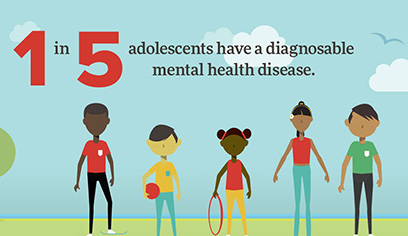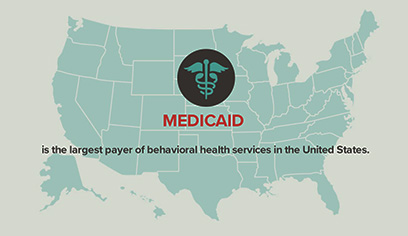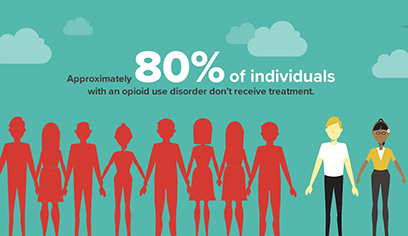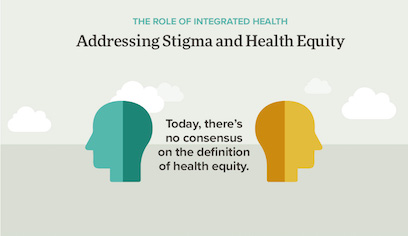Adolescent Health in Schools
Adolescents with positive behavioral health are more equipped to succeed academically. But when 1 in 5 youth have a diagnosable mental health condition, how do the education and healthcare sectors build systems to support the whole health of youth? Explore Issue >



